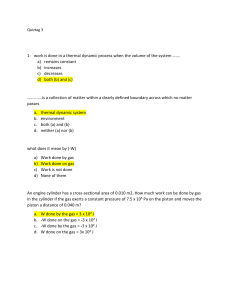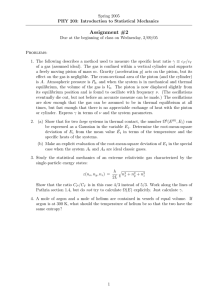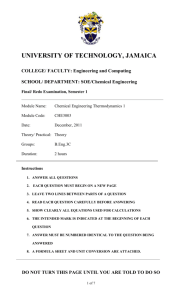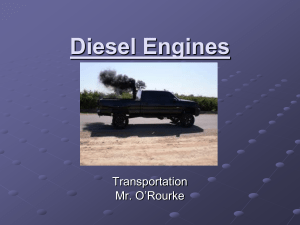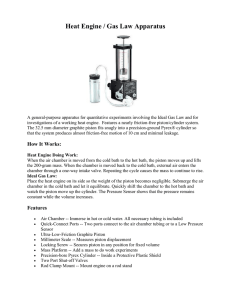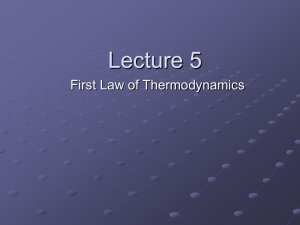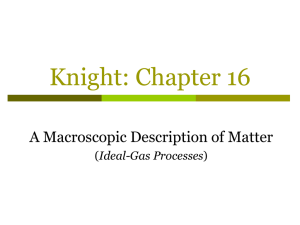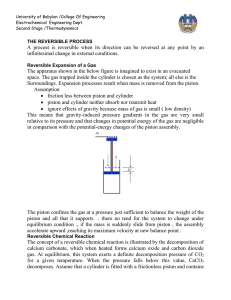Transcript
advertisement
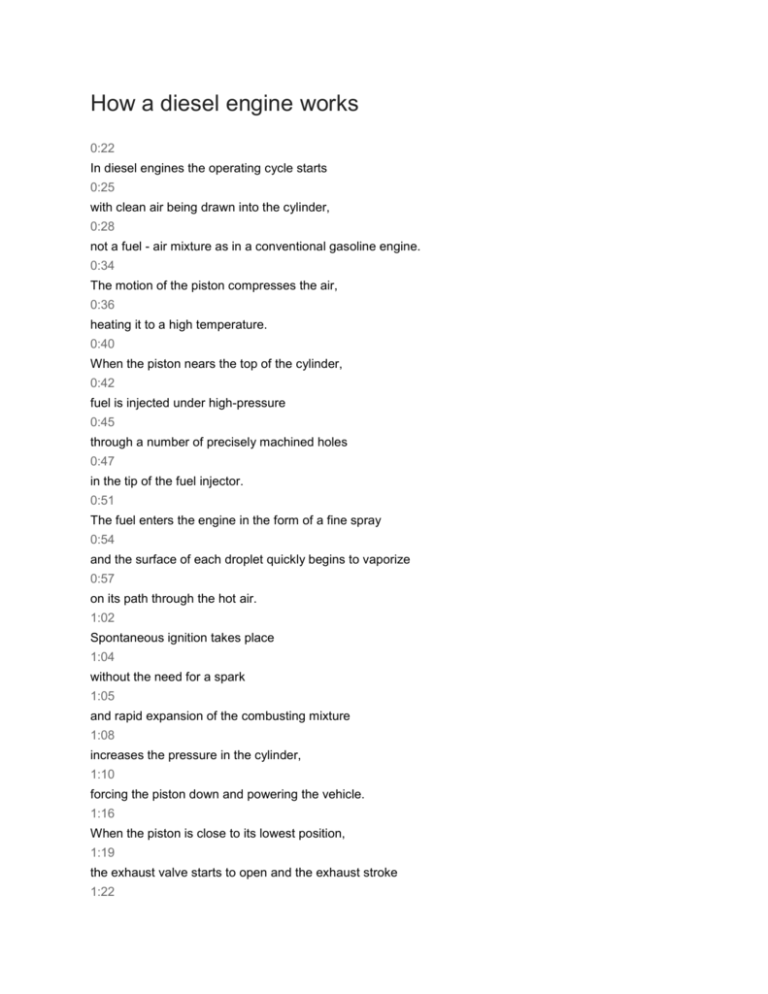
How a diesel engine works 0:22 In diesel engines the operating cycle starts 0:25 with clean air being drawn into the cylinder, 0:28 not a fuel - air mixture as in a conventional gasoline engine. 0:34 The motion of the piston compresses the air, 0:36 heating it to a high temperature. 0:40 When the piston nears the top of the cylinder, 0:42 fuel is injected under high-pressure 0:45 through a number of precisely machined holes 0:47 in the tip of the fuel injector. 0:51 The fuel enters the engine in the form of a fine spray 0:54 and the surface of each droplet quickly begins to vaporize 0:57 on its path through the hot air. 1:02 Spontaneous ignition takes place 1:04 without the need for a spark 1:05 and rapid expansion of the combusting mixture 1:08 increases the pressure in the cylinder, 1:10 forcing the piston down and powering the vehicle. 1:16 When the piston is close to its lowest position, 1:19 the exhaust valve starts to open and the exhaust stroke 1:22 then drives the spent gases out of the combustion chamber 1:25 and the cycle starts again. 1:30 In conventional gasoline engines, a mixture of fuel AND air 1:34 is drawn into the cylinder, compressed by the motion of the piston 1:37 and ignited by a spark as the piston nears the top of the cylinder. 1:43 The resulting combustion generates pressure 1:45 which forces the piston down to power the vehicle.
